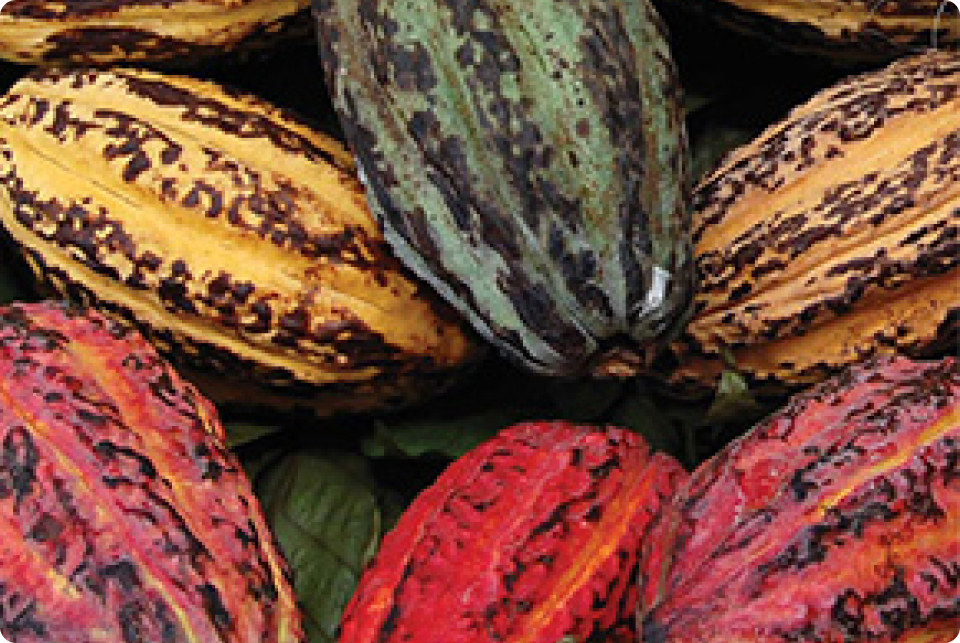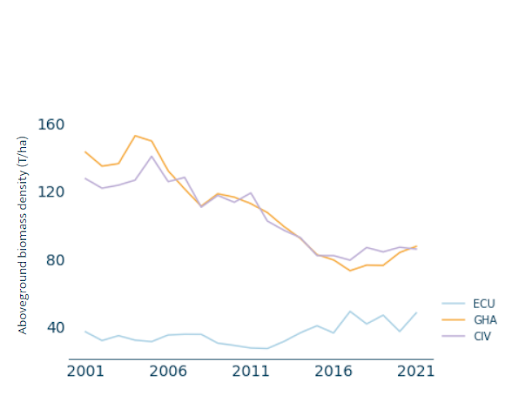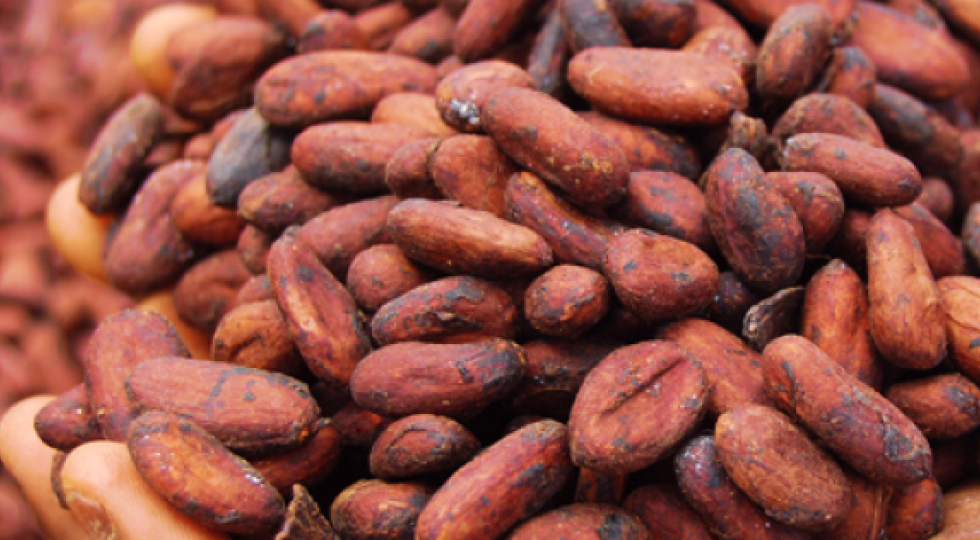About Blommer
Blommer Chocolate Company provides comprehensive business solutions for domestic and international customers of all sizes in the confectionery, baking and dairy industries. Blommer was acquired by Fuji Oil Holdings in 2018 and is now part of a network of 16 plants with chocolate operations in 10 countries throughout the world. Among Blommer’s core competencies are cocoa bean processing, chocolate manufacturing, commodity risk management, and product and process R&D. The company is a leader in advancing sustainable cocoa farming as a founding and board member of the World Cocoa Foundation and through its privately managed farmer program all over the world. Founded in 1939, Blommer maintains an outstanding reputation for customer service and quality.
Challenge
In the cocoa sector due diligence requirements and regulations regarding supply chain environmental performance are on the horizon. As part of a global effort from consumers, investors, regulators and companies to build more sustainable food systems, Blommer has committed to scope 3 emissions reductions targets, and a science-based targets (SBT) roadmap.
Blommer is North America’s largest cocoa processor. Working towards their goal of ending deforestation in their cocoa supply chains and capturing carbon more efficiently, Blommer required landscape- and farm-level insights to inform their sustainability programs and measure progress towards their commitments.
To do so, Blommer needed a service provider to assess deforestation risks and provide ongoing monitoring services across their 50,000km2 sourcing area, consisting of 40,000 farms, in their cocoa supply chain in Cote d’Ivoire, Ghana and Ecuador.
Solution
Satelligence provide Blommer with a deforestation risk assessment and near real-time risk monitoring service with the following inputs for their cocoa supply chain:
- An assessment of historical deforestation from 2001-2021 to a 90% or better rate of accuracy.
- A carbon net gain/loss assessment for the same period.
- Assessment of deforestation risk across cocoa farms using the Forest Loss Risk Index (FLRI).
- Ongoing monitoring and assessment of deforestation risks and carbon sequestration in cocoa farms though exportable, API friendly alerts.
- Real-time access to these insights through Satelligence’s customisable web-app.
- Distinction between deforestation and regrowth clearing.
Satelligence uses its E&Y certified methodology which combines satellite imagery, AI-driven algorithms and ancillary data on cocoa farm locations. Satelligence’s near real-time deforestation risk analysis services allow Blommer to determine deforestation levels over time down to the farm or concession level, define high and low-risk farms, and also identify areas of shade cocoa. A deciding factor for Blommer to work with Satelligence was their commitment to data integrity, and flexibility in meeting Blommer’s specific needs with their tools.

Impact
While Blommer has access to performance indicators across their supply chain, they can now assess environmental and deforestation risks at a more granular level, and see what’s going on in more defined areas. Satelligence’s ability to classify changes as regrowth, disturbed, primary forest, and so on, improves Blommer’s capacity to determine the level of risk, and helps them to better prioritise their resources in their fight against supply chain deforestation.
Customisability is key. As Satelligence’s platform is flexible and tailored to the needs of individual clients, Blommer were able to specify what sorts of data they wanted to receive to focus on the most impactful metrics.
Blommer employs Field Assurance Officers to carry out ground truthing missions when deforestation events are identified in the primary or disturbed forest layer. In every instance where Satelligence identified deforestation events, the ground truthing missions confirmed those alerts. In two cases in the same region where deforestation events were flagged using publicly available data (not Satelligence data), the ground truthing teams found that these alerts were false positives. If deforestation risks or events are identified, Blommer is in position to implement the right mitigation or remediation measures. Where no cause for concern is identified, Blommer can rest assured that they have the high-quality, granular data they need to investigate any relevant grievances or NGO concerns with confidence.
Blommer also uses Satelligence’s data to accurately model the overall emissions factors of Blommer’s activities, and account for any sequestered emissions using carbon biomass data.

The changing global regulatory marketplace is placing restrictions on market access dependent on deforestation-free performance. As a result of this partnership, Blommer will have an advantage over less prepared competitors when the regulations come into force, with the ability to provide deforestation-free products to their customers.
Blommer is also protected from the reputational damage associated with deforestation in their supply chains as they are made aware of these risks first and can proactively prevent, mitigate or remediate. Blommer is also in a position to provide high quality reports to their clients.
Conclusions
The current data shows that there has been 0.17% of deforestation within Blommer farm boundaries, and 0.098% in the direct surroundings of the cocoa farms in Ecuador, Ghana and Ivory Coast between 2001 – 2021, which reflects Blommer’s long-term strategy on deforestation. After 2016, there is a clear decrease in deforestation.
Professionals in the industry often see sustainability as a cost, but Blommer believes that the cost of unpreparedness for regulations, reputational damage and missed opportunities in the medium and long term is often greater. This is reflected in Satelligence’s conclusion that “no clear trends are visible from year to year for deforestation” in Blommer’s cocoa supply chains tells us that deforestation related to their activities has remained consistently low.
